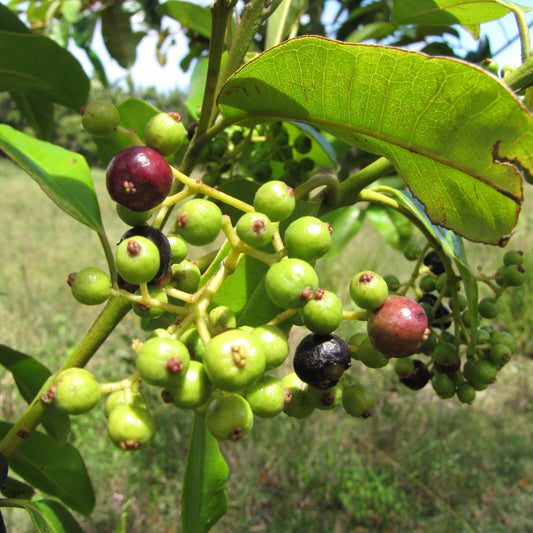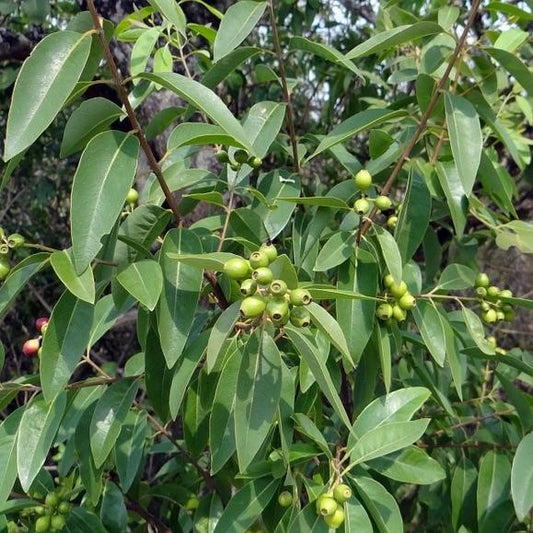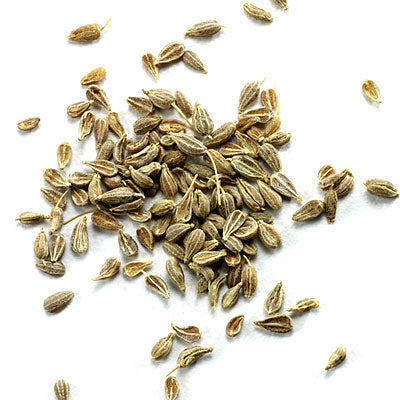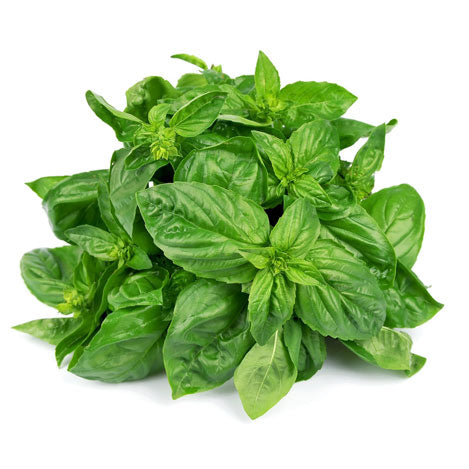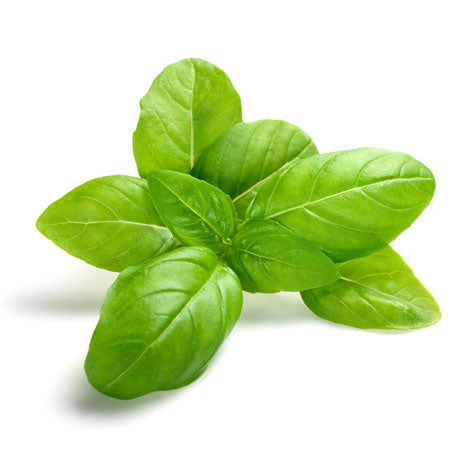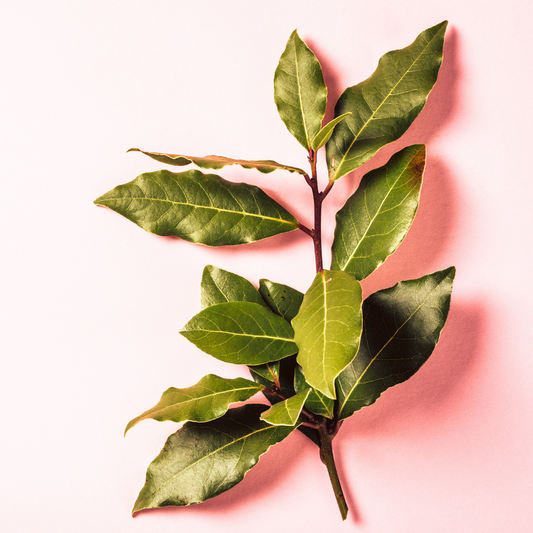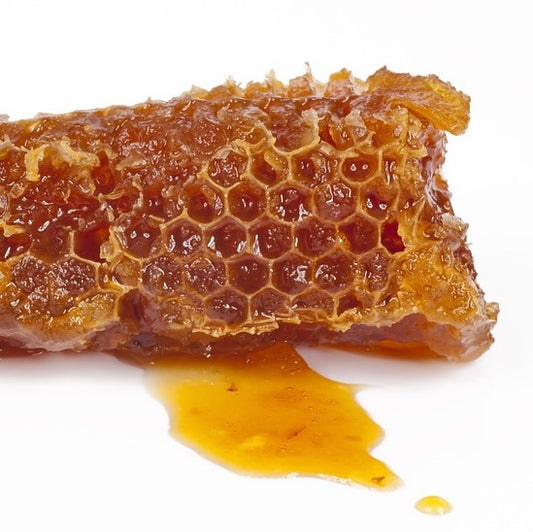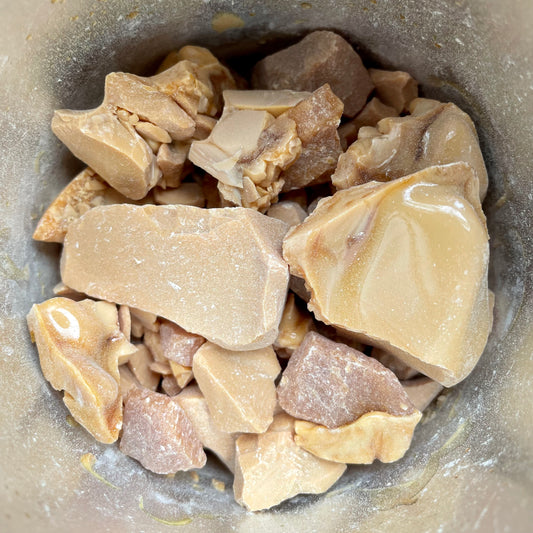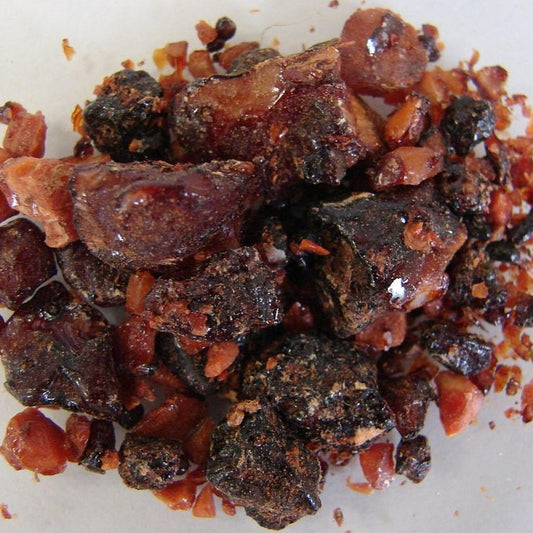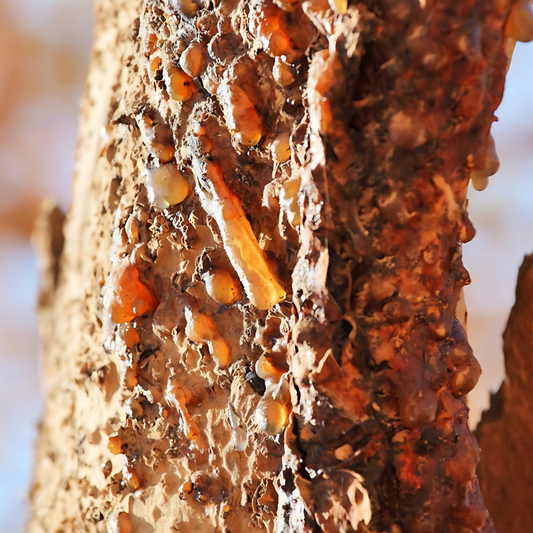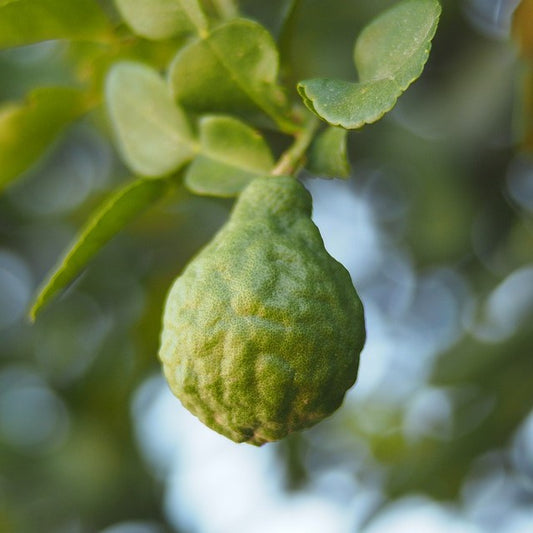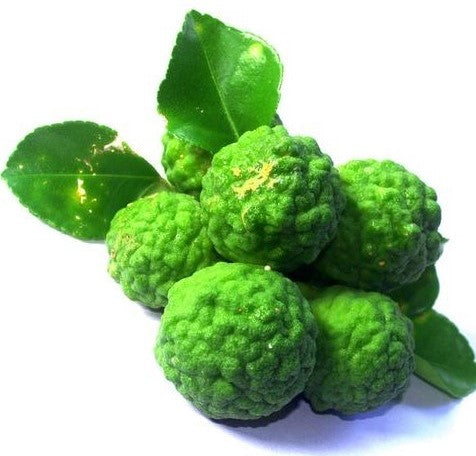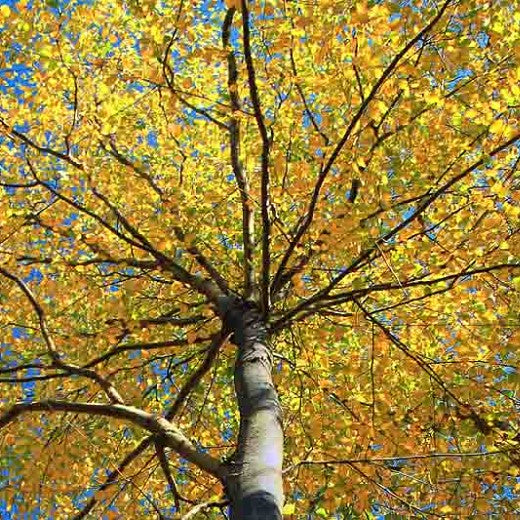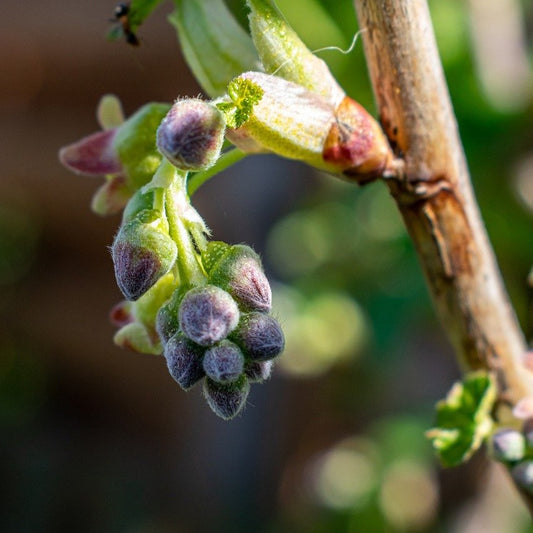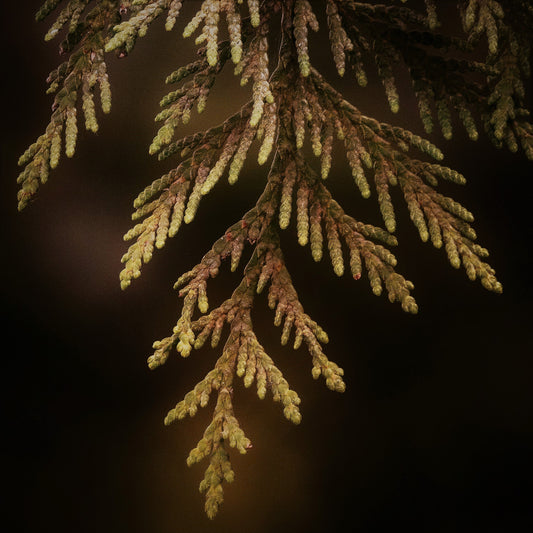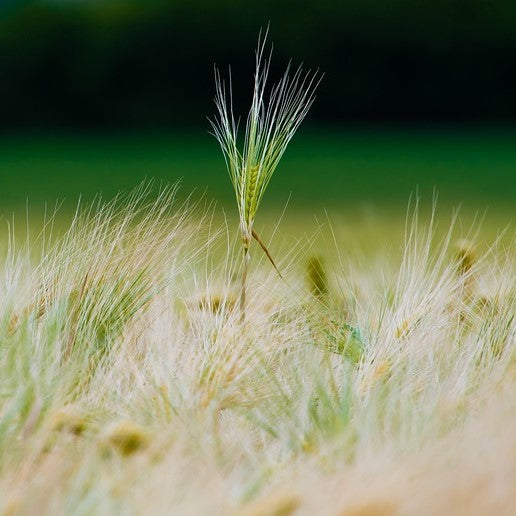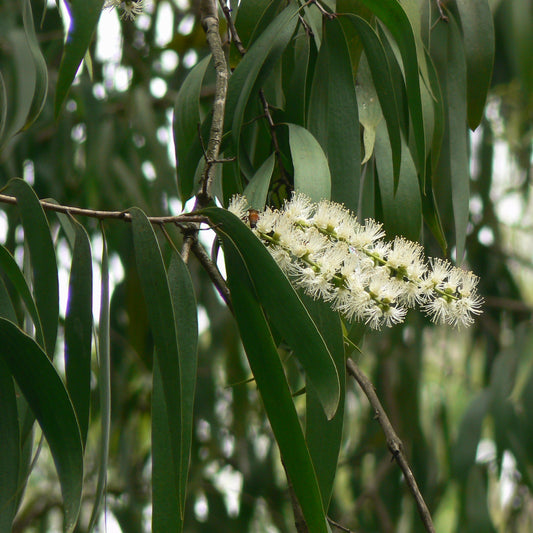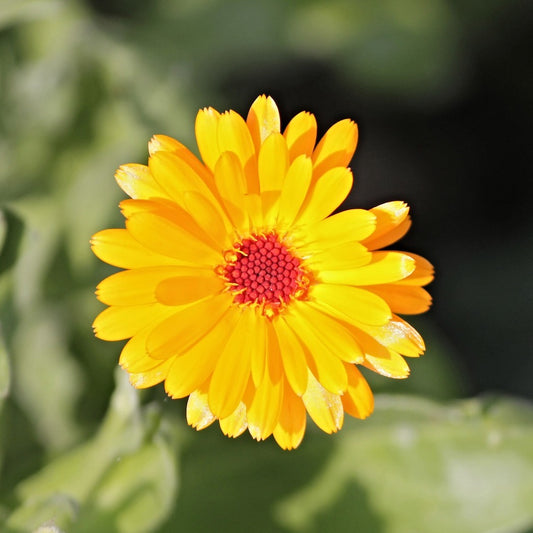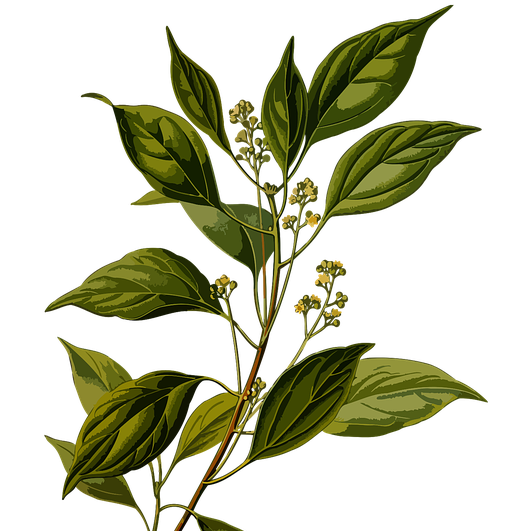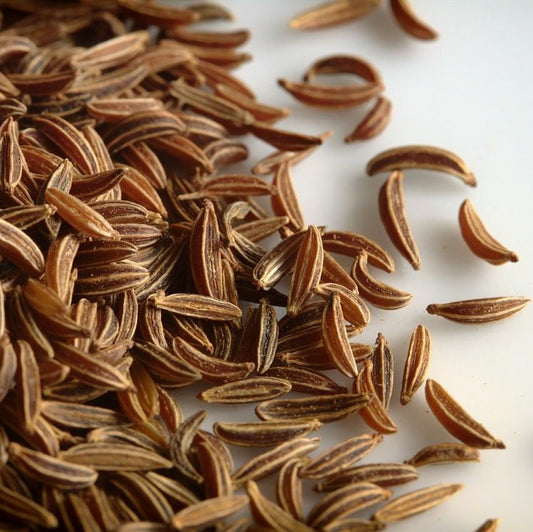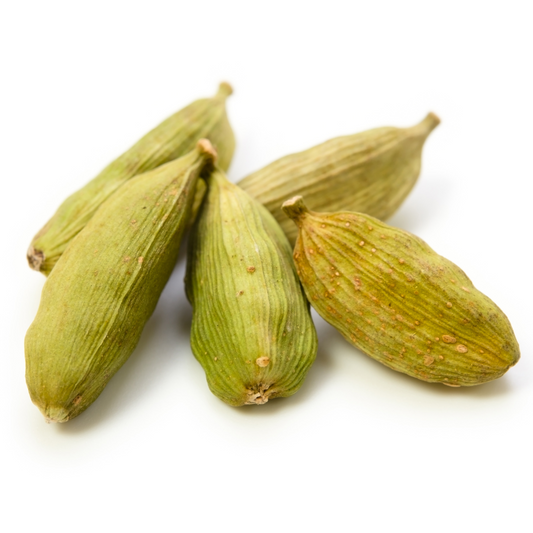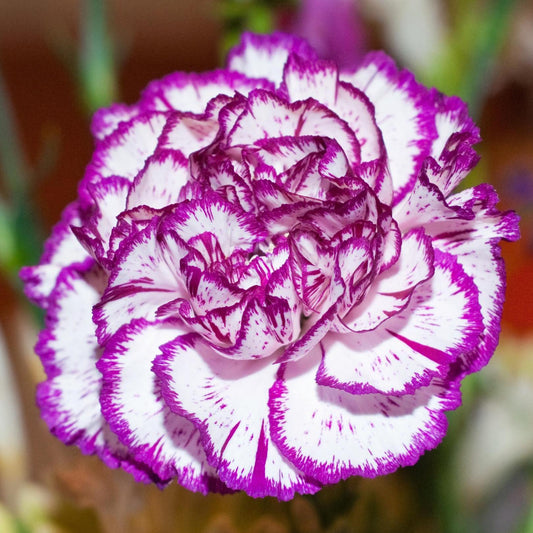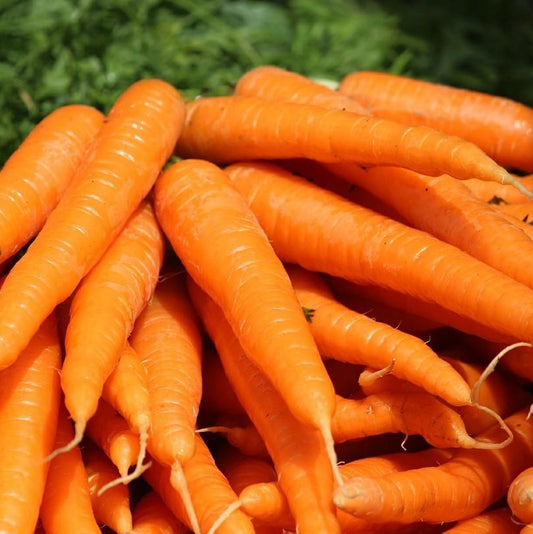The Perfumers Corner
Intro to Perfumery
Perfumery is the art and science of creating fragrances, or perfumes. A perfume is a mixture of aromatic compounds, usually in a solvent, that is used to impart a pleasant scent to the body, an object, or a space. Perfumes are created by blending different essential oils, aroma compounds, and other ingredients together to create a specific fragrance.
There are several different types of perfumes, including:
- Perfume Oil: This is a concentrated fragrance that is usually applied directly to the skin. It contains a high concentration of fragrance oils, typically between 15% and 30%.
- Eau de Parfum: This is a type of perfume that contains a higher concentration of fragrance oils than other types of perfumes. It typically contains between 15% and 20% fragrance oils.
- Eau de Toilette: This is a lighter version of perfume that typically contains between 5% and 15% fragrance oils.
- Eau de Cologne: This is a light, fresh scent that typically contains between 2% and 4% fragrance oils.
Creating perfume can require a great deal of skill and knowledge, as well as a good sense of smell. Perfumers must be able to identify individual fragrances and understand how they interact with each other to create a harmonious scent. They must also have an understanding of chemistry and be able to work with a variety of ingredients to create a stable and long-lasting fragrance.
Notes
In perfumery, "notes" refer to the individual scents or aromas that make up a fragrance. These notes are typically classified into three main categories: top notes, middle notes, and base notes.
-
Top notes: These are the scents that are perceived immediately after applying a perfume. They are usually light and volatile, and they tend to evaporate quickly. Top notes are often citrusy, herbal, or floral. Examples of top notes include bergamot, lemon, lavender, and peppermint.
-
Middle notes: These are also known as heart notes, and they emerge after the top notes evaporate. They are usually floral or spicy, and they form the main body of a fragrance. Middle notes provide depth and complexity to a perfume. Examples of middle notes include rose, jasmine, cinnamon, and nutmeg.
-
Base notes: These are the scents that appear after the middle notes have evaporated. They are typically heavier and longer-lasting than the top and middle notes, and they provide the foundation of a fragrance. Base notes are often musky, woody, or resinous. Examples of base notes include vanilla, patchouli, cedarwood, and amber.
Perfumers use a combination of these notes to create a well-balanced and harmonious fragrance. They carefully select each note to complement and enhance the other notes in the fragrance. The top notes provide a burst of freshness, the middle notes add complexity and richness, and the base notes provide depth and longevity.
When selecting a perfume, it's important to keep in mind that fragrances can change over time as the different notes evaporate. The initial impression of a fragrance is often based on the top notes, but the true character of the fragrance emerges over time as the middle and base notes are revealed. This is why it's recommended to test a fragrance on your skin before purchasing it, to see how it develops over time and how it reacts with your body chemistry.
To see some amazing Recipes click here
Perfume Dictionary : Meanings of frequently used perfume terms.
Absolute . Strongest aromatic material extracted from flowers & plants. They are concentrated highly aromatic oily mixtures extracted from plants. Absolutes require the use of solvent extraction techniques or more traditionally enfleurage.
Accord. Blend of two or more notes that form a distinct fragrance.
Acqua Profumata. Scented water.
Alcohol. Denatured ethyl alcohol added to fragrance compound as a carrier. May not have the additives used in Arabian Perfumery May contain vodka, perfumers alcohol & perhaps everclear in some perfume oils.
Alcohol used in Arabian perfumery Denatured alcohol which has additives of mentholated spirit rendering the alcohol undrinkable denatured alcohol has a particular smell which lasts for a few minutes after spraying.
Aldehydes. Organic compound present in many natural materials can be synthesizesd artifically.
Amber. Sweet resinous,cosy and warm, often rather powdery note recreated from a mix of balsams. Usually labdanum, benzoin,vanilla, styrax and fir or a combination of these. The default oriental note. (Definition from Fragrantica odor profile).
Ambergis. Oxidized fatty compounds secreted by Sperm Whales
Ambrette. Oil obtained from ambrette seeds taken from Hibiscus. It has a musk like odor, often substituted for true musk.
Ambroxan / Ambroxide. Ambroxide widely known by the brand name Ambroxan is a naturally occurring tapenoid and one of the key constituents responsible for the odor of Ambergis.
Amyris. White flowering bush/tree native to South America & Haiti. Used as a substitute for Sandalwood.
Animalic. Aromas mostly associated with musk civet & castorsum. Now usually reproduced synthetically.
Anosmia. . Medical term for loss of sense of smell
Aoud. Arabic word for wood in perfume, usually refers to wood from Agar trees Oud or Agar is the resin extracted from agarwood which is the infected heartwood of aquilaria trees.
Aphrodisiac scents Scents reputed to make a person sexually attractive to another person.
Aquatics A scent reminiscent of water but not overtly or heavily marine/oceanic. Example rainwater. Aquatics are often Ozonic & typically feature notes of water lily,water hyacinths, lotus,melon,cucumber & water.
Aroma. A sensation which is between smell & taste.
Aroma Chemical Molecules obtained from natural products or made synthetically that have an aroma. Most synthetic aroma chemicals are identical to those found in nature.
Aromatic. Scents that have a freshness to them, aromatic notes are usually a combination of sage,rosemary,cumin, lavender & other plants that have intensive grassy spiciness, often combined with citrus & spicy notes (as per Fragrantica olfactory groups definiation).
Attar. Essential oil obtained by distillation from botanical sources, e.g roses.
Balsam/balsamic. Warm ambery soft like benzoin, tolu balsam.
Basenotes. Alternative perfume information website.
Base Notes. Most enduring notes, heaviest notes longest lasting.
Batch Codes. Quantity of in this case perfumes produced in a single run. Some perfumes scent may vary depending on the batch code.
Beast Mode. A perfume that's powerful, forceful.
Blind buy. Purchase a perfume without ever having smelled it before.
Blend Harmonious mix of perfume ingredients.
Boozy A description for perfume that may smell of various alcoholic drinks like rum,whiskey,vodka,wine etc.
Bulb Atomiser. Device attached to some perfume bottles you squeeze & it dispenses a mist of perfume. Can be responsible for evaporation of perfume if left attached to the bottle when not in use.
Calone. Sea breeze/marine aromatic chemical used in perfumery.
Cashmeran. Synthetic aldehyde used for floral, amber, spicy, musky odor.
Castoreum Oily secretion from beavers abdominal sac, usually synthetic now.
Chemistry. Why some perfumes work better on some people & not on others, how perfume can react different on skin may affect how it smells, good or bad.
Chypre. Fragrance type citrus top note with mossy base (Oakmoss).
Cistus. From Greek Kistos is a genus of flowering plants in the rockrose family.
Citrus. Odour from oranges, lemons, limes bergamot usually the top notes.
Cloying. Odor that's overwhelmingly rich, potent or invasive, can be an excess of sweetness, nauseating.
Clary Sage. Sweet/bittersweet oil has nuances of hay , tobacco & amber
Complex fragrance Scent that changes over time, from top notes to basenotes, non linear.
Compound. Completed perfume formula ready to be used in a product.
Concrete. In perfume is a semi-solid mass obtained by solvent extraction of fresh plant material.
Coumarin. Usually derived from Tonka Bean also found in lavender , sweetgrass etc.
Decant. To siphon, discharge, transfer perfume from the original bottle to a decant vial generally 3/5/10/30 ml size. Useful cheaper option to try an expensive fragrance
Designer. Perfumes made by houses who sell designer goods / clothes.
Develpoment. Progress of a fragrance as it changes after initial application revealing different notes.
Diffusion. How a fragrance radiates around a person and their surrounding space.
D’or. Golden
Dry. Dry notes in perfume are usually provided by woods or grasses (Vertiver) & mosses (Oakmoss, tree moss) rhizomes (orris/iris) also leather. It's the opposite of watery, dewey style perfumes.
Dry Down. Final phase of fragrance
Dupe. Copy or knockoff version of an original fragrance or original fragrance that bears an uncanny resemblance to another.
Duration. The length of time a fragrance lasts from application until it fades completely.
Earthy perfumes. Perfumes with woody, mossy, leather notes, warm, dry smelling.
EDC Eau de cologne 2-5% perfume oil least concentrated.
EDT Eau de Toilette 3-15% perfume compound.
EDP Eau de Parfum 10-15% perfume oil heaviest of Eaus.
Enfleurage. A process that uses odorless fats that are solid at room temperature to capture the fragrant compounds exuded by plants the process can be cold or hot enfleurage.
Esprit de Parfum (ESdP) 15-30% aromatic compounds, a seldom used strength concentration in between EdP and perfume.
Evaporation. Process of changing from liquid to vapor.
Extrait. Extract of perfume that has 15-45% compound in an alcohol base.
Extraction Refers to extraction of aromatic compounds from raw materials using methods of distillation, solvent extraction expression or enfleurage The results of extracts are either essential oils, absolutes,concretes or butters, depending on the amount of waxes in the extracted compound.
Factice. Oversize or normal sized display bottle usually filled with coloured liquid.
Fantasy Notes Notes used by the perfumer to convey an idea of smelling like something. Examples of fantasy notes, dirt, concrete, Autumn mists etc.
Fecal. “Pure indole the one which is indeed present in feces and also in small part present in white flowers (such as predominantly jasmine, gardenia, tuberose, and Orange blossom to a lesser degree; but also know in honeysuckle and lilac,technically not white flowers at all) doesn’t really smell of poop in isolation “ Quote from Elena Vosanaki. Some ouds can also smell barnyard or fecal.
Fixative The ingredient in a perfume which prolongs the life of the odor improving & fortifying it.
Floral Fragrance type, characteristic of specific flower or blend of several.
Flacon. Non spray version of perfume bottle.
Flanker. Sequel perfumes released over time usually a variation on the origina.
Fougere. Fern-like, one of the main families into which modern perfumes are classified. They centre on herbacious accords, notes like Oakmoss lavender, courmarin & woods.
Fragcomm. Fragrance Community.
Fraghead. Person with an intense interest in perfume & all things related, may be very knowledgeable on the subject.
Fragrance Family. Fragrances constructed in a similar manner with key ingredient combinations.
Fragranticans. Members who make up the community of Fragrantica.
Frangipani. Fragrant tropical flower.
Frankincense/Olibanum. Gum resin from trees found East Africa and Arabia.
Fresh. Invigorating nature inspired fragrance usually green or citrus notes.
Full bottle worthy. Perfume that's been tested & considered good enough to purchase a bottle.
Galbanum. Gum resin with green plant like smell.
Generic. General, common, in relation to perfume usually mean the same or similar to lots of other perfumes.
Gourmand. Fragrances which smell food related.
Gourmie. Term used around Fragrantica which refers to gourmand perfume lovers.
Green Notes. Green notes are fresh & lively, often used to make a fragrance feel crisp & sharp. Grasses,herbs, green leaves, tea leaves even some marine plants. Mostly found in summer & sporty fragrances.
Guerlainaide. Refers to the base of most Guerlain fragrances which is unique to them.
Guaiac Wood. From a resinous South American tree, the oil is used in perfumery.
Hairspray. Perfume term used to describe a fragrance that is overwhelmingly suggestive of aerosol & alcoholic chemical smells.
Headspace. Technology developed in the 1980's to extract an aroma from the air for a perfumer to recreate.
Head Notes. See Top Notes
Heady perfumes. A heady perfume could be described as something that makes your senses spin, intoxicating, strong, most likely associated with florals but not limited to. Dictionary meaning. "Tending to upset the mind or the balance of the senses"seems right.
Heart. Notes are separated by the perfumer into Top/Head notes. Middle / Heart notes & base As a way to explain the perfumes evolvement to lay people. Heart notes are the middle notes in the perfume.
Hedione. an aroma compound similar to jasmine.
Heliotrope. Flower with strong sweet vanilla type scent, undertones of almond.
Herbal. Aromatic scent of herbs or even cut grass.
Hesperide. The citrus fruit group as family. In perfumery this includes notes of citrus blossoms (e.g lemon, orange, neroli etc, but not linden AKA 'lime', which is not closely related to the lime citrus fruit) and petigrain (the essence of citrus tree leaves, twigs,and buds), as well as the notes provided by oils extracted from the citrus fruit peels.
Homme. French word for man.
IFRA. International Fragrance Association. Regulatory body founded in 1973. Its main purpose is to ensure the safety of fragrance materials The IFRA publishes a list of usage standards for fragrance materials, limiting or prohibiting the use of materials based on the findings of The Research Institute of Fragrance Materials, which gathers data regarding safety of fragrance materials.
Indie. Independent usually small perfumers who create market & distirbute their own perfumes.
Indolic. Over-ripe, animalic characteristics to perfumes due to chemicals called indoles.
Ionone. A series of closely related chemical substances that are part of a group of compounds known as Rose ketones, which also include damascones & damascenones Ionones are aroma compounds found in a variety of essential oils including rose oil B -Ionone is a significant contributor to the aroma of roses, despite its relatively low concentration is an important fragrance chemical in perfumery. Combination of Ionones is characteristic of the scent of violets, used with other components in perfumery to recreate their scent.
Iso E Super Aroma chemical added to fragrances to impart smoothness,fullness & strength.
Jammy. When referenced in perfume usually refers to Rose or fruity scents which smell like jam.
Juice. Term used sometimes for perfume.
Labdanum. Sticky brown resin obtained from shrubs Cistus ladanifer & Cistus creticus & species of Rock Rose which has a long history of use in herbal medicine & perfume.
Lactonic. Creamy milky notes, sometimes fruity nuances.
L'eau. French for water, in perfumery.
Legere/Leger. Means light in French, so lighter version of ther original fragrance.
Linear. Perfume that doesn't develop much from top note to base notes.
Longevity. How long the perfumes lasts from top notes till base notes fade.
Lokum. Is a sweet confection, Turkish Delight. It’s made with sugar and starch coated in powdered sugar. Usually flavoured with rosewater but also bergamot, mastic or lemon. Some varieties can have pistachios, hazelnuts and walnuts.
Marine Accord A scent that is evocative of the smell of the ocean /sea may or may not feature Calone or its related notes.
Middle Notes. Body of perfume can take 10-30 minutes to develop, see also Heart notes.
Monoi. Gardenia petals macerated in coconut oil.
Monotheme. Sometimes used in relation to perfume when referring to single note fragrances like Sandalwood, Patchouli, Tonka etc.
Muget. French Lily of the Valley, usually produced synthetically.
Musk. Secretion from musk deer, collected during rutting season, very potent & was used in perfume bases to add warmth & eroticism. Nowadays synthetic musks know as nitromusks are used, also vegetal musks from plants.
Myrrh. Gum resin from bushes found in East Africa and Arabia.
Narcissus. White flowers from this tree are used in perfumery, particularly French perfumery.
Narcotic. Indoles are often referred to as having a narcotic effect, strong, heady, intoxicating, mesmerising, addictive. Generally used in reference to white florals.
Neroli. Citrus oil distilled from the sweet or bitter orange tree.
Niche. Perfumes made by perfumes houses possibly with one perfumer in charge. Selective approach to distribution, seldom advertised but relying on reputation.
Nose. Creators of perfumes.
Noseblind. Sometimes called olfactory fatigue, relating to perfume the inability to smell some notes if regularly exposed to them.
Note. Perfume term for ingredients that make up a perfume.
Novelty Fragrance. Perfume purchased for reasons other than its smell, maybe bottle design or unusual scent.
Oakmoss Resinous substance exuded from lichen, generally found around oak trees.
Official Sample Samples provided from Perfume Houses.
Office Friendly. Perfume unlikely to cause offence in a work environment.
Old School. Older style perfumes, vintage.
Olfactory. Relating to sense of smell.
Olfactory fatigue. Temporary but normal inability to pick up a particular smell after being exposed to it for a long time. Removing exposure for a time will usually result in being able to smell it again.
Opopanax/Sweet Myrrh. Resin from a herb grown in The Mediterranean, N. Africa & Middle East. Scent profile similar to balsam or lavender
Oriental perfume. Category of perfumes using warm sweet notes like Vanilla Tonka Benzoin & Amber.
Orris. Derived from the Iris plant, floral and woody aroma.
Osmanthus Flowering tree from China, delicate fruity apricot aroma.
Oud/Aoud Arabic word for wood in perfume, usually refers to wood from Agar tree Oud or agar is the resin extracted from agarwood which is the infected heartwood of aquilaria trees.
Ozonic. Derives from several notes most typically cucumber and/or melon which themselves derive from aroma chemical called Calone which is synthesizesd from pheromones of a type of algae. Calone can give off a fishy or oceanic aroma. Overall though it's Ozonic accord is more of an effect than a scent --- it's airy fresh & bright. Other notes that lend an ozonic accord, violet leaf, tea,grass,freesia & lotus.
Parfum de Toilette (PdT). 10-20% (typical 15%) aromatic compounds, sometimes listed as "Eau de perfume" Parfum de Toilette is a less common term.
Patchouli. Shrub from Malaysia and India, musty sweet spicy, used as a base in perfumery.
Perfumista. A person who makes (and sells) perfumes. Also can mean a perfume enthusiast.
Polarizing. In relation to Perfume means a scent can unite or divide.
Pour Femme. For Women.
Pour Homme. For Men .
Powdery/Poudre. Can mean a perfume is dry or smells of baby powder or has a makeup dusting powder vibe. Notes such as iris can make a perfume powdery.
Powerhouse. Perfume that is incredibly strong from the start, longevity & projection. Examples YSL's Opium, Kenzo Jungle L'Elephant, Creed Aventus.
Projection. What people around you can perceive of your scent (measured in distance from wearer).
Pure Parfum. Highest concentration of oils in a perfume.
Reformulation. Under new regulations some perfumes may have ingredients considered to be allergenic removed & therefore the perfume is reformulated. There could be other reasons for reformulation such as cost of ingredients or limited supply, extinction or cruelty to animals.
Residual (in reference to perfume) remaining after the greater part or quantity has gone. Scents that can last for days or weeks on clothing.
Romantic. A group of perfumes that more often than not have a rose or deeply floral heart.
Rose de Mai. Rose essential oil produced by solvent and then alcohol extraction.
Run of mill perfume. Ordinary perfume.
Santal. French word for sandalwood.
Sample. In relation to perfume is a small amount of perfume, sometimes made available by manufacturers so customers can trial the perfume before buying a full Bottle. Not all samples are provided free of charge. There are online outlets who specialise in selling samples of varying sizes.
Scent bubble. When a scent projects in a way that surrounds you, makes a bubble around you, unlike a scent trail.
Scrubber. Refers to the act of removing a scent by excessive washing usually because it's disliked.
Sexy perfumes. Perfumes whose notes may be considered Aphrodisicac.
Signature scent. Fragrance a person wears regularly & becomes associated with them. People may have their own personal Idea of what Signature scent means to them.
Sillage. Trail of scent left behind by a perfume (measured in distance from wearer).
Skank. Usually refers to a hint or more of body odour in a fragrance, a dirty quality to a fragrance. Anamalics are often refered to as skanky, Jasmine, Indolic scents also.
Skin Scent. Fragrance that's soft & sits close to skin with little projection Could also mean fragrance resembling the natural scent of skin (my skin but better) amplifies your own skin scent reflecting it back, musks might fit this category.
Smoky. Smoke in scents is related to incense,birch Oud, vetiver & tobacco notes & possibly other wood & resin notes. Leather perfumes can also have a smoky quality, some Animalics like castoreum can have smoky nuances.
Soapy. If a fragrance smells of soap, shampoo,deodorant it can be considered soapy. Fragrances that smell just showered, bathed or clean generally may be considered soapy.
Solar Notes. Notes in perfumes that make us think of sun / summer / heat.
Solid Perfume Usually a cream or wax base with scent added.
Soliflore. Single flower.
Sour. In relation to perfume could mean bitter,tart, sharp, acidic, pungent.
Spicy. Fragrance notes that have a warm or hot character. Describes in general distinctive fragrance of essential oils obtained from spices. Typical spicy notes, cinnamon, majoram, coriander, pepper.
Splash bottle. Perfume bottle with no atomiser, apply by splashing into your hands.
Split. The process whereby a person (splitter) buys a bottle of perfume & offers to sell decants at no profit to other members.
Synthetic. Substance that's man made to duplicate natural scents.
Tonka Bean. Less expensive alternative to vanilla, derived from a bush grown in Brazil. nuances of cinnamon, clove and almonds.
Top Notes/ Head notes First notes of a perfume, most volatile & first to evaporate.
Turned. Term used to describe when a perfume has gone off or bad. Some indications of this might be the smell of celery, celery salt, pepper, rancid oil, acetone (provided they aren’t notes).
Under the radar. Perfumes that don't get much notice.
Unisex. In relation to perfume unisex generally means gender neutral.
Urinous. Pertaining to, resembling or having the odor or qualities of urine. The word is often used discussing perfumes that contains notes which may smell Urinous in certain combinations.
Vanilla. Derived from seed pods of the vanilla orchid.
Vetiver. Grass with fibrous roots from which oil is distilled . Smells of moist earth with woody, earthy, leather, smoky undertones.
Vintage. The term borrowed from the wine world originally refers to an older perfume which has been discontinued by the manufacturer. People will have their own opinions on what merits the term vintage. It may be discontinued but it may also be the original fragrance name that has been reformulated. Further clarification can be added.
Vintager. One who is passionate about vintage perfume.
Vivaldi. A perfume / cologne suited to all seasons.
Vouching. On fragrantica if a person agrees to take part in a perfume split they vouch to take a certain amount of the perfume being split. So by vouching you give your word that you will pay for the mls of perfume you agreed to take from the splitter once the perfume arrives & to whatever terms the splitter sets.
Woody. Perfume with wood notes.
Wet. When used in relation to perfume can mean perfumes with an aquatic smell or watery fruit like melons or rain.
Wrist Bender. A perfume that smells so good your wrist is bent back from sniffing it.
Wrist crack. Perfume so good it's addictive.
Ylang Ylang. Oil from fragrant flowers of an Asian evergreen tree.
Shop Essential Oils
-
Allspice Essential Oil
Regular price From $24.15Regular priceUnit price / per$0.00Sale price From $24.15 -
Ambrette Seed (Musk) CO2
Regular price From $77.20Regular priceUnit price / per$0.00Sale price From $77.20 -
Amyris Essential Oil (West Indian Sandalwood)
Regular price From $20.25Regular priceUnit price / per$0.00Sale price From $20.25 -
Aniseed Essential Oil
Regular price From $18.70Regular priceUnit price / per$0.00Sale price From $18.70 -
Basil Sweet ct. Chavicol Essential Oil
Regular price From $23.65Regular priceUnit price / per$0.00Sale price From $23.65 -
Basil Sweet ct. Linalool Essential Oil
Regular price From $37.65Regular priceUnit price / per$0.00Sale price From $37.65 -
Bay Laurel Essential Oil
Regular price From $21.85Regular priceUnit price / per$0.00Sale price From $21.85 -
Bees Wax Absolute
Regular price From $30.70Regular priceUnit price / per$0.00Sale price From $30.70 -
Benzoin Absolute
Regular price From $15.10Regular priceUnit price / per$0.00Sale price From $15.10 -
Benzoin Resin Essential Oil
Regular price From $25.10Regular priceUnit price / per$0.00Sale price From $25.10 -
Benzoin Sumatra Liquid Resinoid Oil
Regular price From $17.30Regular priceUnit price / per$0.00Sale price From $17.30 -
Bergamot Bergaptene Free Essential Oil
Regular price From $28.65Regular priceUnit price / per$0.00Sale price From $28.65 -
Bergamot Essential Oil
Regular price From $22.25Regular priceUnit price / per$0.00Sale price From $22.25 -
Birch Sweet Essential Oil
Regular price From $23.75Regular priceUnit price / per -
Blackcurrant Bud Absolute
Regular price From $16.55Regular priceUnit price / per$0.00Sale price From $16.55 -
Blood Cedarwood Essential Oil
Regular price From $16.80Regular priceUnit price / per$0.00Sale price From $16.80 -
Blue Tansy Essential Oil
Regular price From $21.90Regular priceUnit price / per$0.00Sale price From $21.90 -
Bran Absolute
Regular price From $26.30Regular priceUnit price / per$0.00Sale price From $26.30 -
Cajeput Essential Oil
Regular price From $16.55Regular priceUnit price / per$0.00Sale price From $16.55 -
Calendula CO2
Regular price From $20.70Regular priceUnit price / per$0.00Sale price From $20.70 -
Camphor White Essential Oil
Regular price From $15.65Regular priceUnit price / per$0.00Sale price From $15.65 -
Caraway Seed Oil Essential Oil
Regular price From $20.25Regular priceUnit price / per$0.00Sale price From $20.25 -
Cardamon Essential Oil
Regular price From $32.80Regular priceUnit price / per$0.00Sale price From $32.80 -
Carnation Absolute
Regular price From $19.20Regular priceUnit price / per$0.00Sale price From $19.20 -
Carrot Seed Oil CO2
Regular price From $21.00Regular priceUnit price / per$0.00Sale price From $21.00

